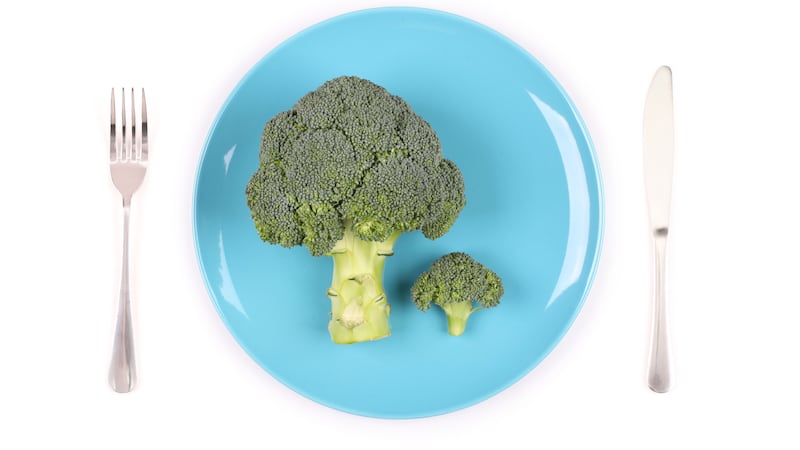WHO doesn't want to get rid of their double chin and walk around with a chiselled David Beckham-esque jawline?
Well, the internet is positively pulsating with young people striving to enhance their looks by performing facial gymnastic exercises known as 'mewing'.
Mewing was coined by the public after the British orthodontic father and son, John and Mike Mew, started to share their ideas about tongue position, nutrition and airway and the development of our face, jaws and teeth.
The duo propose that practising holding your tongue to the roof of your mouth and maintaining a good overall posture has the ability to tighten up a sagging jawline and give you Angelina Jolie cheekbones.
Their ideas are embroiled in a thick soup of controversy as current research is not of high enough quality to definitively say that their concepts are correct. It's a slack tongue that they believe to be harmful to the development of the smile and face. For instance, if a person develops a forward tongue swallow (instead of the ideal back tongue swallow), then every time a person swallows, the tongue pushes the teeth outwards and stops the front teeth from meeting and flattening the face.
Mewing exercises are trying to retrain the tongue not to push forward. During mewing, the tongue is pressed up to the roof of the mouth during rest and swallowing. The chin tucks in slightly and the lips are held together. Just like changing any postural habit, muscle training needs to be done consistently and repetitively before it becomes natural.
By improving tongue posture and achieving nasal breathing when sleeping (by keeping the mouth closed), supporters of mewing believe that snoring can be reduced as the airways are working in a more unobstructed way.
When speaking with patients and looking closely at their teeth and jaw alignment, it often matches closely with how their tongue moves, their early development stories and how well their nose works.
So even though the studies don't back up these exercises at the moment, it would be fascinating to see some good quality studies on these theories to give patients the best advice for their health and appearance. Consult your dentist before starting mewing.








